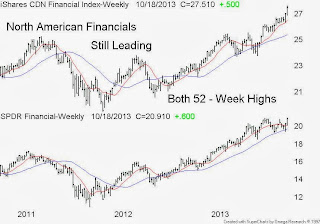Market
timing is a failed strategy – if you wish to add alpha - seek out the current
dominant theme: The dominant theme is a period of rapid expansion of an
industry group due to innovation or in reaction to changing economic conditions.
Investors and portfolio managers who can correctly identify and ride the
dominant theme will likely generate several quarters of above market returns.
The
first modern dominant theme was the new economy technology boom of the 1980’s
and 1990’s that followed the 1973 Arab Oil Embargo. We had the introduction of
the PC and the Internet thanks to the humble beginnings of Cisco Systems Inc.,
Intel Corporation and Microsoft Corporation. Dumb automobiles became smart
thanks to fuel injection and computers.
The
second modern dominant theme was new millennium emergence of the global economy
and the resulting commodity price boom that ended abruptly with the global
financial crisis bust of 2007 – 2008. The subsequent recovery from early 2009
has exposed several new dominant themes.
We
have had the U.S.
housing recovery and the subsequent rebound of the housing and lumber stocks. We
have a boom in the aerospace & transport sector driven by a mix of high
energy costs and a travel / consumer boom which has the major airlines up
grading their fleets along with municipalities up grading their transit
networks.










